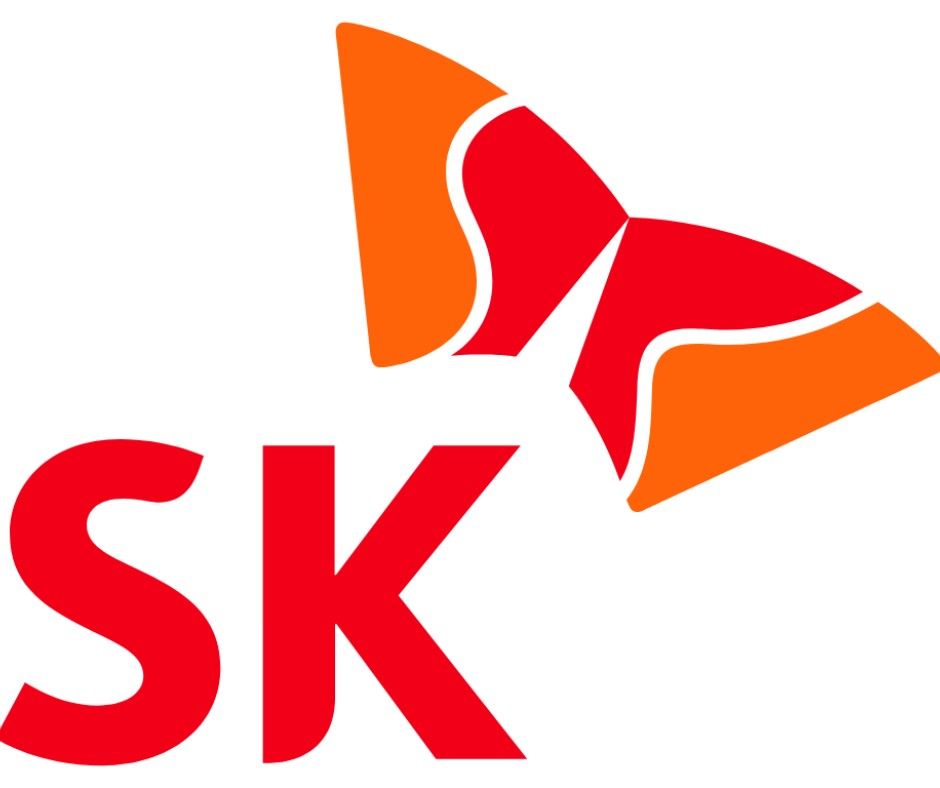
Stocks witnessed a dramatic tumble as August began, with Wall Street shaken by weaker-than-expected U.S. jobs data and a sudden rise in tariff rates announced by President Donald Trump. The stock market fell sharply, signaling renewed fears of a slowing economy. The Dow plunged over 500 points, while the Nasdaq and S&P 500 followed suit. Fresh tariffs on Canadian and transshipped goods, paired with poor payroll growth, cast a dark shadow over investor sentiment. Hopes of a Federal Reserve rate cut now appear too late to rescue the sinking confidence.
📰 STORY HIGHLIGHTS READ BOX:
-
Dow plunges 502 points; Nasdaq down 2.1% as economic jitters mount
-
July jobs rise only 73,000 vs. 100,000 forecast; prior months revised sharply down
-
Big banks slide: JPMorgan, BofA, Wells Fargo each fall over 3%
-
Fed rate cut odds surge to 66% as market bets on urgent policy response
-
Trump ramps up tariffs: Canadian imports now face 35% levy
-
Amazon falls 7% on weak forecast; Apple bucks trend with 2% jump
-
25 S&P 500 stocks hit 52-week lows, many to early-pandemic levels
-
Only 7 reach new highs, including Northrop Grumman and CBOE
U.S. markets began the new month on shaky ground, as investors confronted a potent mix of disappointing employment data and intensified tariff pressures. The fragile optimism that had propped up equities in recent weeks gave way to widespread selloffs, rattling sectors from banking to tech.
The Dow Jones Industrial Average tumbled by 502 points, or 1.4%, as investors digested mounting evidence of an economic slowdown. The broader S&P 500 fell 1.6%, while the Nasdaq Composite suffered the steepest loss, dipping 2.1%, weighed down by dismal corporate guidance and a sudden shift in market sentiment.
At the heart of the downturn was July’s jobs report—a data point often viewed as a litmus test for the broader economy. Instead of the anticipated 100,000 gain in nonfarm payrolls, the economy managed to add only 73,000 jobs last month, according to the Labor Department. Worse yet, revisions to prior months painted an even grimmer picture: June’s figures were slashed to a mere 14,000 from 147,000, and May’s count was revised downward to just 19,000 from the previously reported 125,000.
This disheartening trend suggested not just a one-off miss, but a more entrenched softening in labor market momentum.
The market’s reaction was swift. Banking stocks, traditionally seen as bellwethers for economic health, took a heavy blow. JPMorgan Chase retreated by roughly 4%, while Bank of America and Wells Fargo both shed more than 3%. Investors grew wary of how a slower economy might crimp loan demand and squeeze financial margins.
Industrial giants weren’t spared either. Shares of GE Aerospace and Caterpillar slipped 3%, reflecting fears that demand for machinery and transport services may falter amid growing economic headwinds.
“The numbers gave the Fed the ammunition it needs now to cut in September,” said Jay Woods, Chief Global Strategist at Freedom Capital Markets.
“But unfortunately, now it looks too little too late.”
That sentiment echoed across trading floors. Just days ago, Federal Reserve Chair Jerome Powell had hinted at a more cautious approach, suggesting the central bank wanted to assess the impact of tariffs on inflation before making a move. But with labor figures faltering, market expectations pivoted quickly. Traders now place a 66% chance on a rate cut as early as September, according to CME Fed futures data—up sharply from midweek levels.
As if the labor news wasn’t enough, global trade tensions escalated after President Donald Trump moved forward with a round of modified tariffs. The White House announced overnight hikes ranging from 10% to 41%, including a new 40% penalty on goods transshipped in efforts to sidestep duties. In a particularly aggressive turn, Canadian imports—already facing a 25% tariff—will now be hit with a 35% levy.
Markets reeled at the breadth of the new duties, particularly given Canada’s status as a key U.S. trading partner.
Jeffrey Schulze, Head of Economic and Market Strategy at ClearBridge Investments, said the jobs report added a worrying dimension to already heightened trade anxieties.
“While investors have been viewing the start of the Fed’s cutting cycle as a positive for risk assets, today’s release is best characterized as ‘bad news is bad news.’”
“With job creation now hovering at stall speed, and a tariff wall looming ahead, there’s real concern that we could soon see negative payroll prints,” he warned.
“That may bring recession fears roaring back.”
Tech stocks—typically the engines of market optimism—also faltered. Amazon tumbled more than 7% after forecasting weaker-than-expected operating income for the current quarter, casting a shadow over the sector. However, Apple provided a rare bright spot, rising 2% after topping Wall Street’s earnings and revenue expectations.
The overall market mood remained tepid, despite upbeat results from companies like Microsoft and Meta Platforms earlier in the week. Thursday had already marked the S&P 500’s third straight daily decline. Early-session intraday highs evaporated as the tech rally lost momentum, leaving little resistance against Friday’s broader pullback.
In total, 25 S&P 500 companies touched new 52-week lows—a stark signal of declining investor confidence. Among them:
-
Charter Communications (lowest since May 2024)
-
Chipotle Mexican Grill (since Nov. 2023)
-
Lululemon, UnitedHealth, and UPS (each hitting levels unseen since early pandemic months)
-
Accenture, Dow Inc, CarMax, and Tyson Foods also marked fresh lows
On the upside, only seven S&P 500 stocks reached new highs.
These included:
-
Altria, trading at its best level since 2018
-
Northrop Grumman, hitting an all-time peak
-
CBOE Holdings, ResMed, American Electric Power, Evergy, and Xcel Energy, all reaching multi-year or record levels
Looking ahead, all eyes turn to how the Fed navigates mounting economic and geopolitical risks. As the delicate balance between policy and data becomes more urgent, investors are bracing for a volatile ride in the weeks to come.
As investors absorb the jolt of frail job growth and aggressive tariff revisions, the stock market stands at a critical crossroads. The sharp decline across major indexes reflects growing unease about the strength of the U.S. economy. While hopes for a timely Federal Reserve rate cut remain alive, they may no longer be enough to soothe market nerves. With trade tensions deepening and employment gains fading, Wall Street braces for turbulent days ahead—where every move, policy, or print could tip the fragile balance of investor confidence.
Appreciating your time:
We appreciate you taking the time to read our most recent article! We appreciate your opinions and would be delighted to hear them. We value your opinions as we work hard to make improvements and deliver material that you find interesting.
Post a Comment:
In the space provided for comments below, please share your ideas, opinions, and suggestions. We can better understand your interests thanks to your input, which also guarantees that the material we offer will appeal to you. Get in Direct Contact with Us: Please use our “Contact Us” form if you would like to speak with us or if you have any special questions. We are open to questions, collaborations, and, of course, criticism. To fill out our contact form, click this link.
Stay Connected:
Don’t miss out on future updates and articles.








